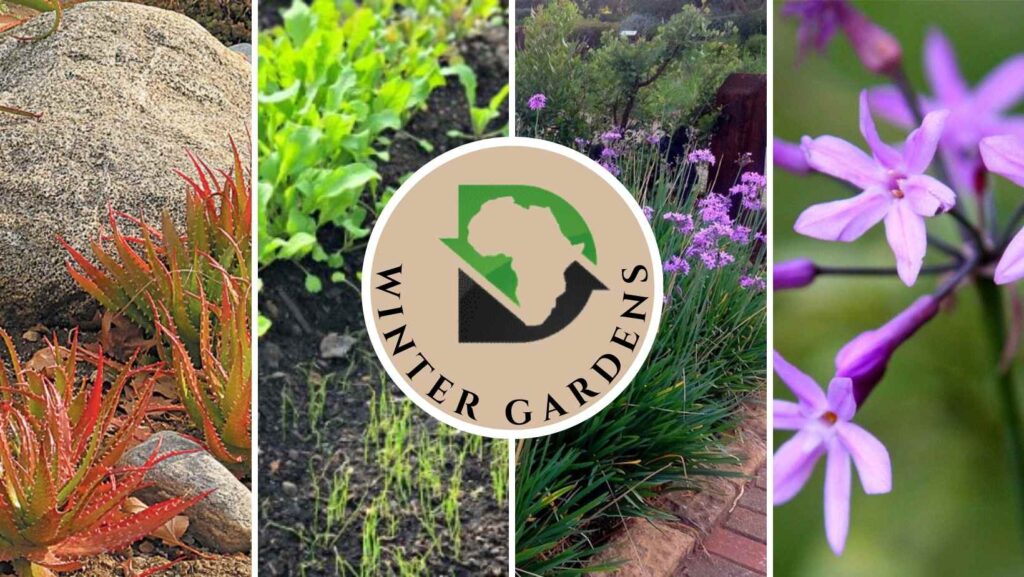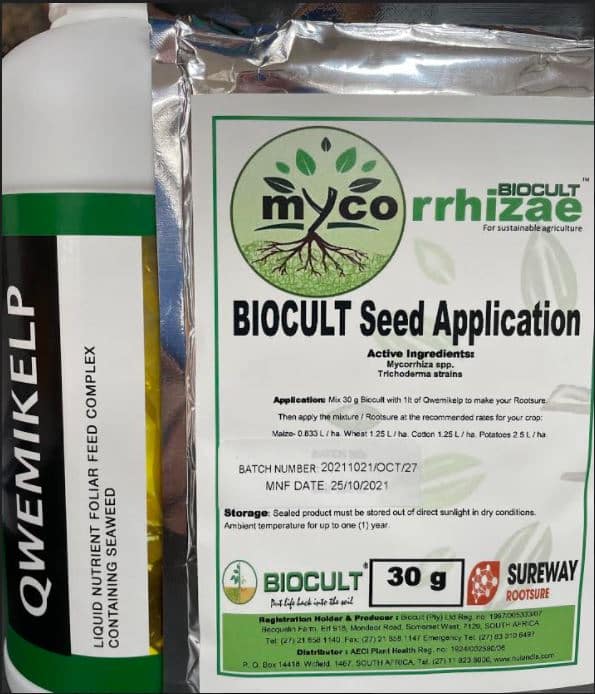6 step to maintaining your winter garden

A six-step how-to guide on maintaining your winter garden.
With winter on its way, now is the perfect time to start preparing your garden for the cooler days. The good news is that you don’t need to be that green-fingered to maintain a great garden. In this article, we’ll share with you six easy steps to improve and prime your garden that don’t involve a massive bill. Sneak peek, keeping beautiful gardens has more to do with how they are maintained before winter arrives, more so than how they are treated when the chilly days are already with us. A disclaimer before we begin, although these six steps provide guidance as to how to maintain and preserve your garden, they are not a sure guarantee to manicured green lawns and gardens in the depths of winter, rather, with a focus on building your soil health and managing your irrigation, among other things, it helps plants cope with water stress and the cold, ultimately allowing them to bounce back faster when the first summer rains arrive.
Step One: Add organic matter to your soil
Soils range in their capacity to support plant life, that being, all soils are not built similarly. In fact, most of the soils in our gardens are significantly less than perfect! They differ in their sand, silt, and clay content, which in turn affects the nutrient availability as well as the drainage of your soil, ultimately determining how well a plant can grow in that soil. As an example, if most of the soil particles are large, that soil is predominately a sandy soil and as a result water tends to run quickly through the soil which may result in leaching of nutrients. Vice versa, if most of the soil particles are small, that soil is predominately a clay soil and water will run significantly slower through the soil profile, which may result in water logging. The answer for both problems is to add organic matter. Organic matter is the partially decomposed remnants of soil organisms and plant life that bind together soil particles which allow air to move through the soil. Organic matter retains moisture, an important part as you’ll see reading this article, and is food for all forms of soil life. You can add organic matter to the soil in many ways, particularly in the form of compost or mulches, which aid in developing not only the texture of the soil, but also in increasing the water-holding capacity of the soil.
A little tip, if you are considering adding compost to your soil, you can give it a kick by adding a mycorrhizae-based product which aids in developing the right microbial environment in the soil. A product like Rootsure contains both a mycorrhizae and Trichoderma (Biocult SC) which work in conjunction with an Ascophyllum kelp (Qwemikelp) to create an environment conducive to good plant growth and healthy soil biota.
Step Two: Deliver the right amount of water to the root zone
Naturally, winter in Zimbabwe is dry. With lowering water tables, many Zimbabwean households sacrifice their beautiful green lawns and water thirsty plants, to preserve water.
As discussed above it is important to establish a large root system in your plant from the very beginning. In establishing this root system, an integral point to remember is that roots follow oxygen in the presence of water. What this means is that when watering, we must always make sure that we are creating an aerobic environment and not an anaerobic environment in the soil. Yes, too much water is a bad thing! Aerating the soil has a direct impact on the amount of water plants need. For example, unaerated lawns are those with tight, compacted soil, meaning oxygen and moisture can’t reach the root system easily. As a result, soils become waterlogged, creating anaerobic conditions that are not conducive to soil biota. When your soil is not living, you can’t expect your plants or lawn to live.
Step Three: Use a mulch to retain water
Mulch is an important part of your garden maintenance in both summer and winter. A nice layer of mulch can cut water needs drastically by reducing evaporation and retaining moisture thus providing insulation for the less hardy plants in your garden. You can create a mulch using leaves, grass clippings, broken twigs, and any other foliage you can get in your garden.
Step Four: Choose drought tolerant plants
Choosing drought tolerant plants is perhaps one of the most effective ways to maintain a garden year-round. This is because a drought tolerant plant can receive most of the water that it requires from rainfall.
Step Five: Prime your lawn
Don’t we all wait in anticipation for the rains just to see that emerald green lawn appear. It’s a pity that lawns are the greatest consumers of water. Reducing the space that the lawn occupies will greatly reduce water consumption. However, we do have some tips and tricks to maintain your beautiful lawn into the winter with minimal water consumption. Applying a product containing silicon will help bolster your lawn when water stress hits. This is because silicon is an important nutrient for plants, and when deficient can cause a decrease in photosynthesis, lowered BRIX, and increase disease prevalence and insect attacks. Particularly with the winter coming up, having supplemented your lawn with silicon helps to alleviate water stress by enhancing water retention aiding in the photosynthetic process. A product that contains silicon is called EcoKsil. It is a potassium silicate that can be applied to your lawn to help prolong the summer longevity.
Another simple trick to maintaining your lawn through the winter is to make sure that you do not mow your lawn too short. The reason you want to maintain a certain lawn height in winter is because cutting the blades too short reduces the photosynthetic surface area of the grass blade, making it difficult for the lawn to absorb sunlight as well as nutrients, and limiting the plants energy and ability to regrow as efficiently as possible. This in turn makes the lawn more prone to drought stress and invasion by weeds. To buffer the effect of this stress on your lawn, applying a biostimulant to your lawn such as Plantsure, will increase root development and rapid regrowth allowing your plants engine to continue functioning.
Step Six: Maintain healthy plants
One simple way to maintain your garden is by keeping your plants happy and healthy. When a plant goes into distress it requires a lot more water, fertilizer, and pest controls to bring it back to a healthy state. If you however you can keep on top of your gardening tasks, such as pruning, mulching, weeding, monitoring pests and the health of your plant, you’ll need less water and less inputs.

So, there you have it, our quick six step guide to maintaining a healthy garden throughout the winter. If you have any questions, or would like to know more, please feel free to get in contact with us at +263 772 334 764 or [email protected].
